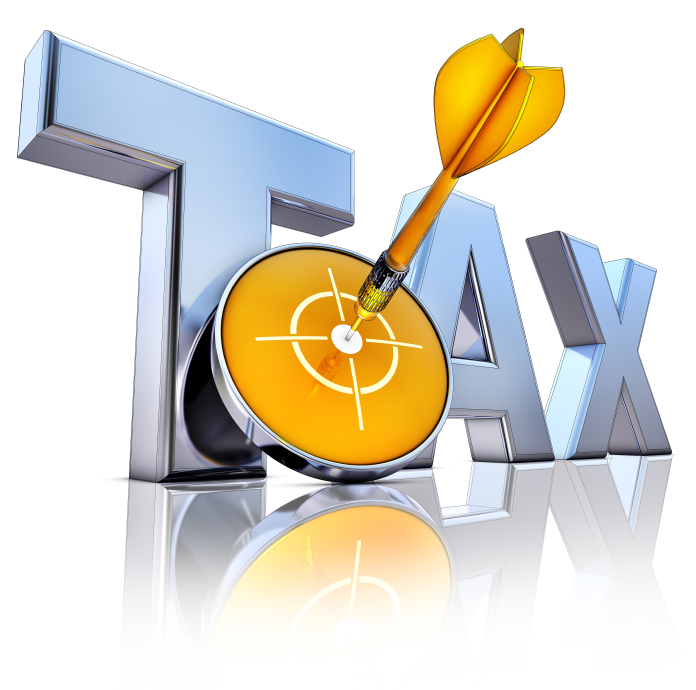
In October 2023, Colorado Public radio published an interesting article about property taxes titled “Property Taxes Explained: Will that 40 percent value jump really mean 40 percent higher taxes? The CPR article states:
“Coloradans received some truly eye-opening letters from their county governments this year.
In parts of Western Colorado, the taxable value of the average home is 55 percent higher than just a couple years ago. It was an 80 percent average increase for Pitkin County. On the Front Range, Douglas County homes have gained 40 percent in value.
Those were the outliers, but not by much. The average Colorado home gained 37 percent in value over just two years, according to preliminary data analyzed by CPR News.
That story is well-known by now, as countless headlines have warned that sharp increases in value will lead to much larger tax bills next year. It’s also turned into a major political fight through the ballot measure known as Prop. HH.
Still, there’s a bigger question that’s gotten lost in the shuffle: How much are tax bills actually going to increase, and where would all that money go?
The short answer is — it all depends on where you live. But here’s what we’ve learned about the bigger picture:
Where are property values rising the fastest?"






















Recent Comments